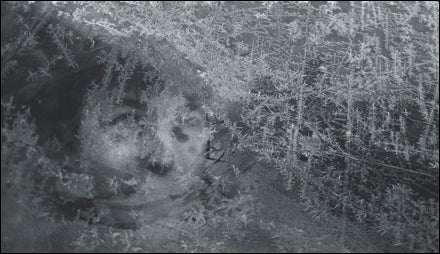On November 10, Slovenian alpinist Tomaz Humar died while attempting a solo ascent of Nepal’s 23,711-foot Langtang Lirung. To his supporters, he was a folk hero and an alpinist with unique vision. To his critics, who found him reckless and cavalier, Humar’s death came as no surprise. On an expedition to Annapurna in 1995, he made a name for himself by disobeying the team leader’s orders to retreat and tagging the summit alone. The next spring he was back in Nepal, establishing a new route on Ama Dablam. It won him mountaineering’s highest award, the Piolet d’Or. Yet even as his legend grew, so did his flair for controversy. In 1997, he and Janez Jeglic climbed the west face of Nuptse. Jeglic disappeared from the summit; Humar barely made it down. In 1999, he self-extracted an inflamed tooth after summiting Dhaulagiri. And in 2005, he came under fire after getting stranded during a solo attempt on Pakistan’s Nanga Parbat and blogging while he waited for a daring heli-rescue.
In November, though, rescuers couldn’t reach him in time. (He’d fallen and likely broken his back.) The Tomaz I remember was always full of life eyes wide open and a trademark handshake that felt like a vise. It’s been said that if you have to ask an alpinist “Why?” you wouldn’t understand the answer. As a climber, I’ve quit asking that question, because I don’t want to know the answer. Each year, another member leaves the tribe, and I miss each one of them.


